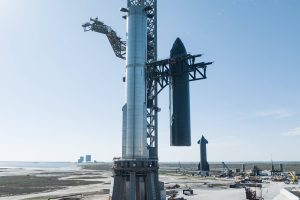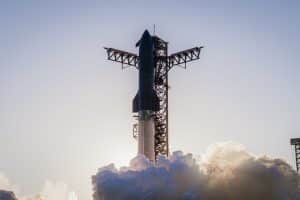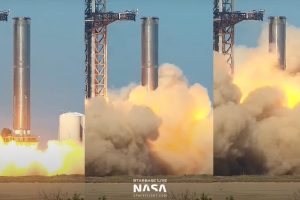- 🚀 SpaceX plans to send the Starship to Mars within the next two years with initial unmanned missions.
- 🌌 The first human missions to Mars are projected for 2028, with an increasing frequency of trips afterward.
- ⏰ The Earth-Mars transfer window presents both opportunities and challenges for SpaceX’s mission timeline.
- 🏛️ Regulatory hurdles, including government bureaucracy, are identified as significant concerns for the Starship program.
- 🌍 Elon Musk emphasizes that Mars colonization is crucial for making life multiplanetary and ensuring humanity’s future.
SpaceX, under the leadership of Elon Musk, is ambitiously pushing the boundaries of human space exploration. With plans to send the Starship to Mars in the very near future, the company is setting the stage for a new era of interplanetary living. This post delves into the specifics of SpaceX’s Mars mission timeline, the challenges posed by regulatory frameworks, and the vision of making humanity a multiplanetary species.
Unveiling SpaceX’s Mars Mission Timeline
SpaceX has laid out a robust timeline to achieve its unprecedented goal of colonizing Mars. Their strategic roadmap involves several key steps:
Initial Unmanned Missions (2026)
In a bid to test the waters and prepare for human habitation, SpaceX plans to launch initial unmanned missions to Mars within the next two years. These missions aim to gather crucial data and confirm the viability of the Starship’s technology in reaching and returning from the Red Planet.
Human Exploration (2028 and Beyond)
The goal is to send humans to Mars by 2028, with SpaceX projecting an increase in the frequency of these journeys following the initial crewed missions. This timeline is ambitious and places significant emphasis on the successful execution of early tests and the development of infrastructure that can support human life on Mars.
Navigating the Earth-Mars Transfer Window
The transfer window—a recurring period when Earth and Mars are optimally aligned for interplanetary travel—is essential to SpaceX’s plans. This window, opening roughly every 26 months, presents both a strategic opportunity and a logistical challenge:
- Opportunities: The window provides a chance to minimize travel time and energy consumption, making it a cost-effective period for spacecraft launches.
- Challenges: The need to align mission preparation and execution within this limited timeframe adds pressure and risk to the mission schedule.
Regulatory Hurdles: A Mountain of Bureaucracy
SpaceX’s path to Mars is not without its terrestrial challenges. Regulatory hurdles present substantial obstacles:
- Government Bureaucracy: As identified by Musk, the increasing layers of government bureaucracy and regulatory red tape may slow progress. These rules are often criticized for being outdated in addressing rapid advancements in space technology.
- Regulatory Delays: Delays in obtaining the necessary clearances for test flights and launches could alter timelines significantly, impacting SpaceX’s ambitious schedule.
The Importance of Mars Colonization
As articulated by Elon Musk, colonizing Mars is not merely a feat of technological prowess but a crucial step for the survival and proliferation of humanity. The vision to become a multiplanetary species is driven by several key motivations:
- Survival of Humanity: Establishing a self-sustaining colony on Mars could serve as a safeguard against existential threats on Earth, such as climate change or catastrophic events.
- Scientific Opportunities: Mars offers a unique platform for scientific research, from understanding planetary ecosystems to possibly discovering past or present life.
- Economic and Technological Growth: The mission to Mars stimulates economic growth through new technologies and industries related to space exploration.
Conclusion: The Road Ahead for SpaceX
SpaceX’s vision for Mars is a pioneering endeavor, blending bold strategic planning with an unwavering belief in humanity’s potential to reach beyond its current confines. Although hurdles exist, the combination of technological innovation and a robust strategic direction offers a promising outlook for the future of space exploration.





